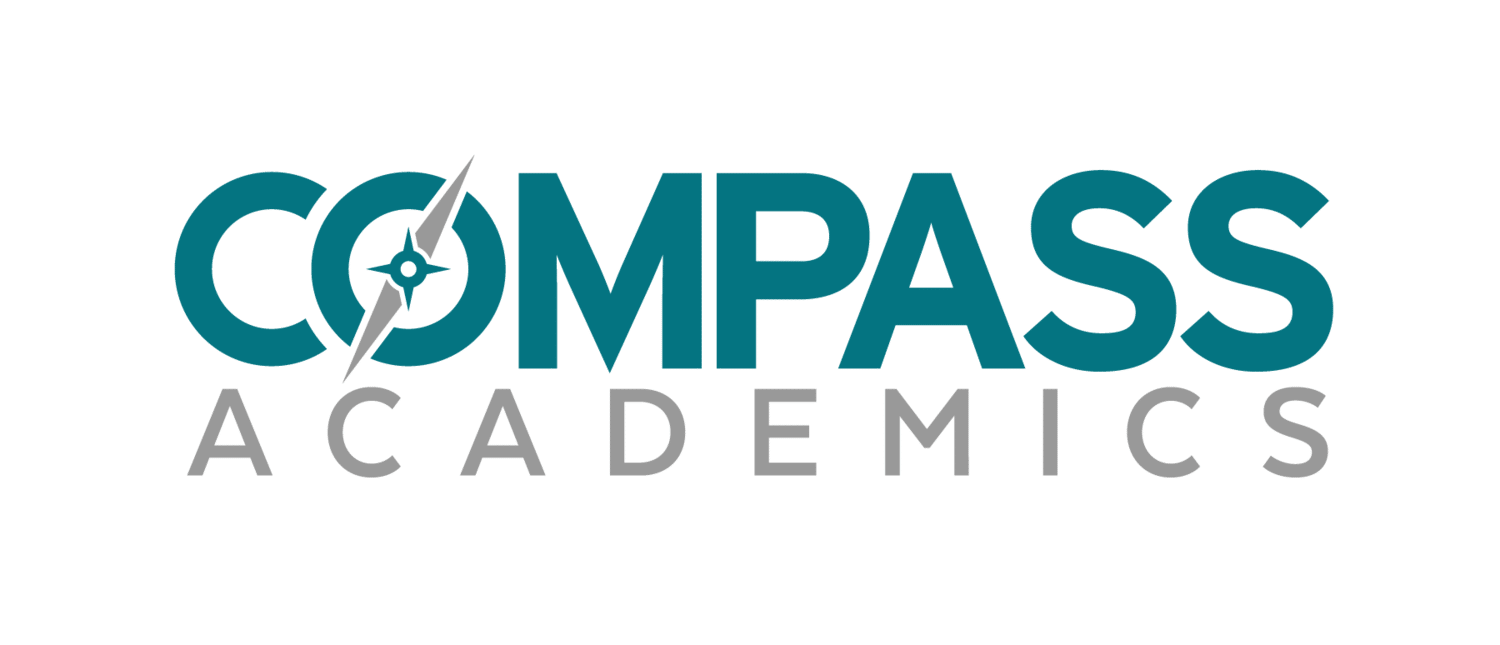Should selectivity be a factor?
Business Insider recently published its spotlight on selectivity article: “The Hardest Colleges to Get Into In Every State.” The article does not focus on the most inclusive campus experience, the most rigorous academic programs, the highest job placement statistics after graduation, or the best value. These matrices are important considerations for parents and their college bound students, but in a country increasingly dominated by competitive rhetoric, it seems that exclusivity (real or perceived) still captures attention. According to a report by an academic review site (Niche.com), “With an acceptance rate of just 8.8% and typical SAT scores between 1500 and 1600, the California Institute of Technology is America’s hardest college to get into.” The rankings were calculated using a 60/40 formula with acceptance rates accounting for 60% of the weighted score. What is interesting about acceptance rates, however, is the degree to which they are often inflated (or deflated) when colleges want to increase their “selectivity score.” For example, it is not uncommon for colleges to solicit applications from applicants. Admissions offices will often send notices to high school students inviting them to apply even if they don’t think their scores are competitive. Students will often unhesitatingly throw their hats in the ring, because who would turn down an invitation from an Ivy? Of course, many of these schools know that they have no intention of admitting those students. However, if the student applies, then the school gets a larger applicant pool and they can subsequently increase their selectivity status. Compass Academics helps college-bound students understand the cost/benefit ratio of “selective” schools and to consider many factors when determining which school they select for themselves.

